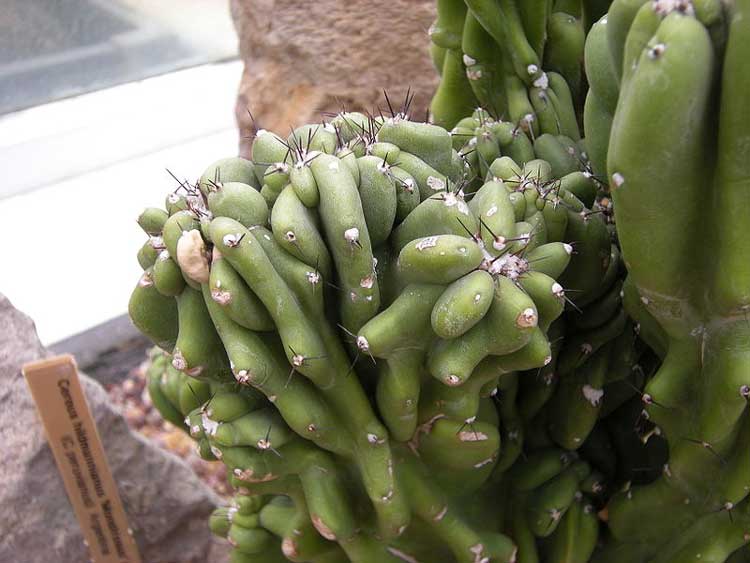Cereus hildmannianus (*) Cladus: Eukaryota Name Cereus hildmannianus K. Schum. Synonyms Reference * USDA, ARS, National Genetic Resources Program. Germplasm Resources Information Network - (GRIN) [Online Database]. National Germplasm Resources Laboratory, Beltsville, Maryland. [1] (16 February 2007) Source: Wikispecies: All text is available under the terms of the GNU Free Documentation License |
|

